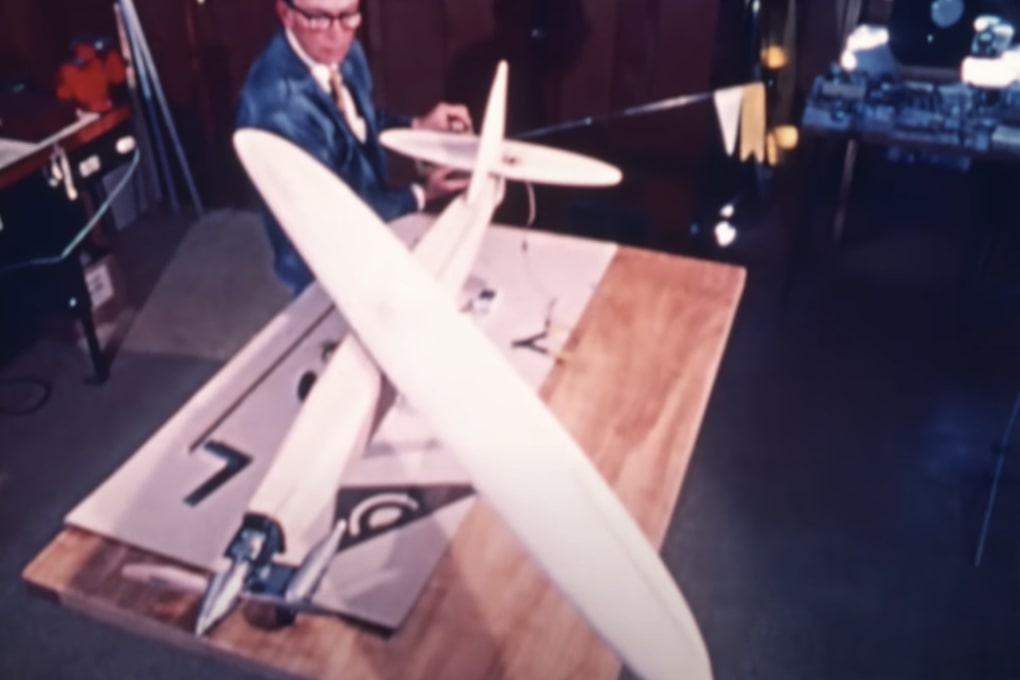
Oblique antisymmetric wing can outperform and fly better than its swept symmetric counterpart
Introduction:
When it comes to flying, nature has its own set of aerodynamic tricks up its sleeve. One fascinating revelation in the world of flight is that an oblique antisymmetric wing can outperform and fly better than its swept symmetric counterpart. Let's dive into the secrets of these wings and discover why they take the lead in the skies.
Understanding the Basics:
- Symmetry vs. Antisymmetry:
- Traditional wings often exhibit symmetry, where one side mirrors the other. However, oblique antisymmetric wings break this mold. They have a unique asymmetrical design, and surprisingly, this unconventional approach enhances their flight capabilities.
The Advantages of Oblique Antisymmetric Wings:
- Reduced Drag:
- The oblique angle of these wings minimizes drag, the force that resists forward motion through the air. By cutting through the air more efficiently, oblique antisymmetric wings experience less resistance, allowing for smoother and faster flight.
- Improved Lift:
- Lift is the force that keeps an aircraft airborne. Oblique antisymmetric wings generate improved lift compared to their symmetric counterparts. This enhanced lift is a result of the wing's asymmetrical configuration, optimizing the airflow and providing better overall performance.
- Enhanced Maneuverability:
- These wings excel in maneuverability, allowing for more agile and controlled flight. The asymmetry contributes to better stability during turns and maneuvers, making them ideal for applications that require precision in the air.
Real-World Applications:
- Aerospace Innovation:
- The concept of oblique antisymmetric wings has sparked interest in the field of aerospace engineering. Researchers and engineers are exploring how this unconventional design can be applied to enhance the performance of aircraft, drones, and even spacecraft.
- Military Applications:
- The unique advantages of oblique antisymmetric wings make them suitable for military aircraft. Improved speed, reduced drag, and enhanced maneuverability can be crucial in tactical situations, making these wings a potential game-changer in aerial operations.
Conclusion:
In the ever-evolving world of aviation, the revelation that oblique antisymmetric wings can outshine their symmetric counterparts opens doors to new possibilities. As researchers continue to explore and refine these innovative designs, we may witness a new era in flight technology. The skies, it seems, have more secrets to share, and the answer to efficient, high-performance flight might just lie in the elegant asymmetry of oblique antisymmetric wings.